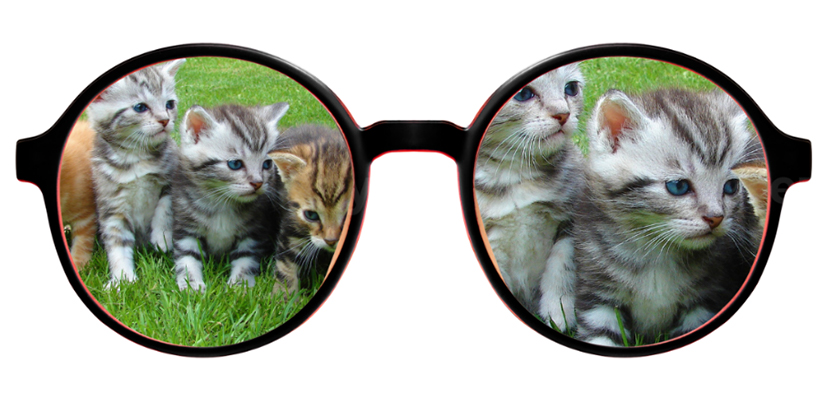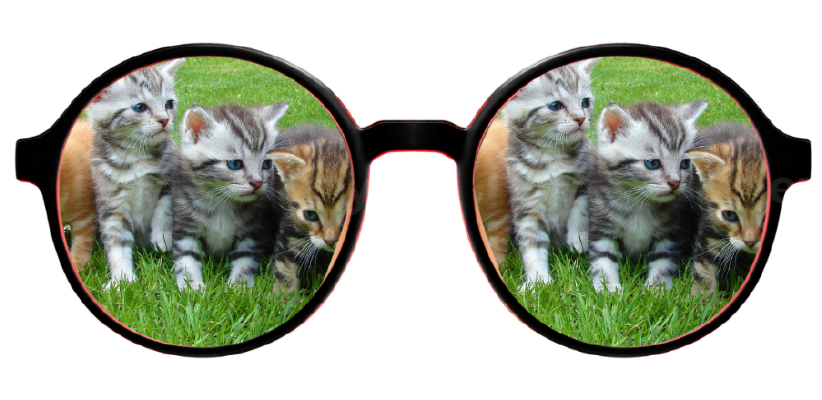SHAW LENSES
Shaw lenses correct aniseikonia. Aniseikonia is the perceptional image size difference between the right and left eye in visual space. To correct this problem, Shaw lenses, better known as Iseikonic lenses, alter magnification of the eye seeing a smaller perceptional image in visual space leading to improvement of binocular vision or eye teaming. There are many eye conditions such as: anisometropia (prescription differences), amblyopia (lazy eye), retinal detachment (with and without surgical intervention), maculopathy (epi-retinal membrane, macular pucker, and many more), antimetropia, asymmetric cataracts, and many more eye conditions!
Swoop Patient Example: A 50-year-old bus driver reports to Swoop Eye Care with a known history of anisometropia or significant prescription difference between his right and left eye. After a concussion, the bus driver noted double vision at a distance when wearing his current pair of glasses. The neuro-optometrist diagnosed aniseikonia or image size difference that was greater than 3%!
Treatment: Shaw lenses with a 3% magnification to create the same image size between the right and left eye.
Before Shaw Lenses

After Shaw Lenses

FAQs on SHAW lenses:
1. How do we test in the office?
Your neuro-optometrist uses special lenses to indicate the percentage of the perceptual image size difference between the right and left eye.
2. What are some indications to use Shaw lenses?
- Congenital anisometropia - Is when both eyes have different refractive powers that vary by almost three diopters.
- Axial length changes secondary to retinal surgeries (retina detachment) - Is when one eye becomes longer due to the retina surgical procedure compared to the non-surgical eye.
- Refractive induced aniseikonia from cataracts - Is when a cataract begins to shift the prescription of one eye compared to the other eye.
- Maculopathy (macular pucker, cystoid macular edema, epiretinal membrane, macular schisis, central serous chorioretinopathy, macular holes, and many others) - Is when the back part of the eye is affected causing perceptual image size differences due to eye disease.
- Amblyopia - Is when one eye is being ignored due to an eye turn, significant correction difference between the two eyes, and/or a combination of these factors.
3. What symptoms/signs patients report are alleviated or minimized with Shaw lenses?
- Minimizes visual distortions between the eyes
- Eliminates double vision
- Improves headaches (especially frontal, temporal, and behind the eyes)
- Improves eye strain
- Improves reading
- Improves binocular vision function
- Improves light sensitivity
- Improves eye fatigue
- Reduces vision motion sensitivity (dizziness)
4. Do we receive a warranty if we do not notice an improvement in symptoms after receiving our newest pair of glasses from Swoop Eye Care?
We offer a lens change at no cost to a traditional lens design; however, we do not offer refunds. These are custom made lenses based upon your prescription.
5. Are prescription changes covered under the warranty policy from Swoop Eye Care?
Yes, we offer 180 days for any prescription changes by your neuro-optometrist for Shaw lenses.
6. How do Shaw lenses work?
A percentage magnification is added to the most minus or least plus ophthalmic lens to treat aniseikonia (image size difference between the eyes).
7. Can Shaw lenses also have prism correction?
Yes, your neuro-optometrist may prescribe vertical and/or horizontal prism to improve binocular vision dysfunction in Shaw lenses.









